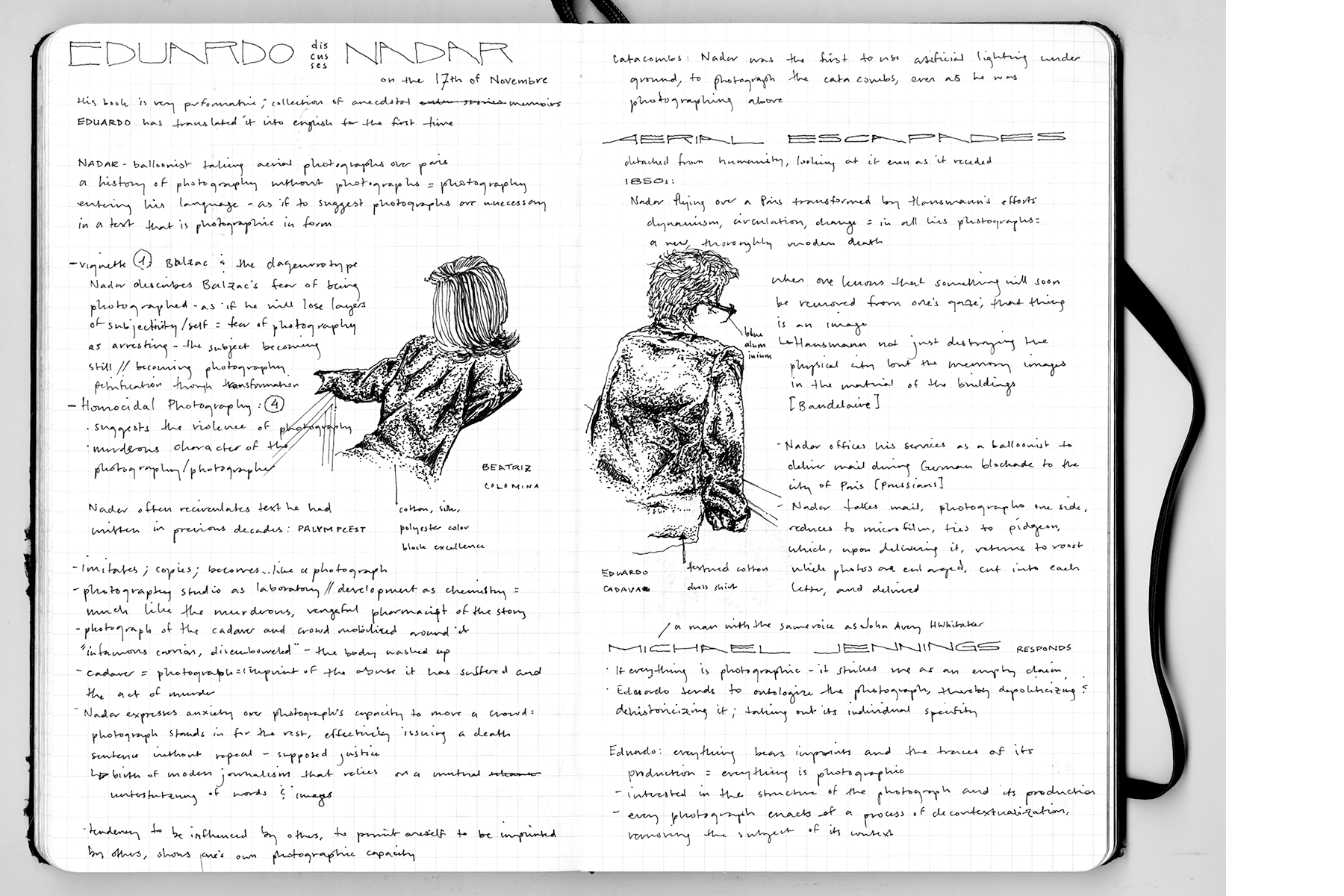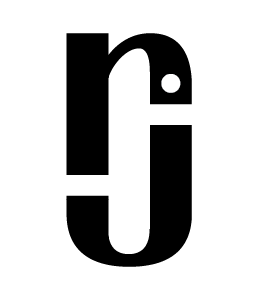



Drawing Conclusions
Sketches at Princeton UniversityPublished in Pidgin Magazine Issue 21: Flushed
In our world of seemingly limitless digital storage capacity, it is increasingly unlikely that any prominent architectural review or public lecture will escape entirely undocumented. The audience is often aligned in rows, dutifully taking down notes; a video camera is trained on the orator; camera phones are collecting proof of presence for Instagram; the event photographer is preparing to post to the website; and papers or books intended for publication (or already released for public scrutiny) are read aloud and discussed. Once posted online, the subject surrenders control over her digital counterpart. Papers and other print publications, as representations of their author, are subject to similar, unknowable review. A recording might replay at a time and in a location beyond her knowledge, ad infinitum, or be captured as stills and magnified in high definiton, revealing every pore and every hair out of place.
Recently, I’ve acquired a habit of unofficially recording several such events in trusty ink, thereby adding to the proliferation of documentation. This requires a sustained gaze at the speakers, who often respond with a questioning look bordering on smoldering suspicion. In a room designed for the production and propagation of the speaker’s image, it is curious that the speaker might be suspicious of any documentation.
Drawing, in the most instrumental sense, is merely one more form of recording. No consent and release form is required to circulate an image captured in this format. The act itself is considered enough of an interpreted abstraction to divest the depicted of the right to choose how she is portrayed and floated about in media. Given the multiple forms of simultaneous documentation, it’s apparent that the loss of control over one’s own image is not what causes the subject to squirm. Instead, it’s witnessing the act of interpretation, which records perception and puts it on display. To watch oneself being watched collapses the comfortable distance provided by digital recording. This suggests that our digital selves, if capable of seeing through the screen, would put a stop to the posting.

